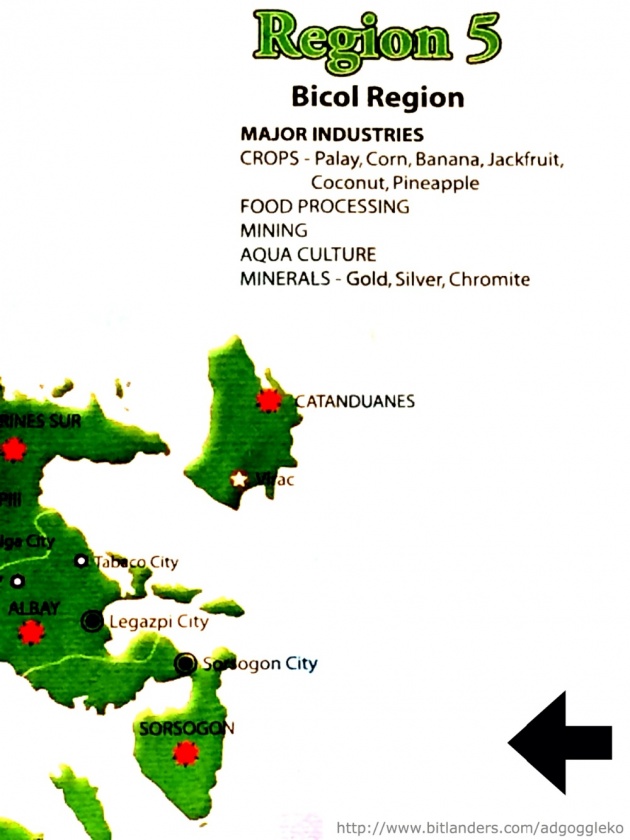
My hometown of Sorsogon is blessed with bountiful marine life. It is a huge sanctuary of several species of fish and aquatic animals from the largest to the smallest.
Sorsogon is famous for sightings of awesome and mysterious but friendly Whale Sharks. They are absolutely huge!
Our province of Bicol is also where you find the World's Smallest Fish. It is called the Pandaka pygmaea or dwarf goby which measures a scant 1.2 centimeters or less than half an inch.
Sorsogon is also home to endangered Sea Turtles called "pawikan" locally and a vast array of multi colored seabed corals. Here, you will find sharks of all sizes and shapes, swordfish, stonefish, octopus, squids, eels, etc. In fact, on a clear day, you can wade by the shore and see a multitude of fish swarming around your feet. Our waters are clean and crystal clear.
Thanks to the strict implementation of Republic Act 8850 which prohibits fishing within the 15-kilometer territorial waters of a local/municipal government unit. Fishing vessels of 10 tons and above are disallowed. Only boats weighing 3 tons or less can fish in our area. Dynamite and cyanide fishing which used to be rampant are now strictly banned and punishable by imprisonment. I hope these sanctions are religiously enforced for generations to come in order to preserve the ecological balance of our marine life in Sorsogon and nationwide as well. Because of strict law enforcement, Sorsogon has become a tourist haven. Pristine beaches and clean and clear waters make scuba diving and snorkeling the best you'd ever enjoy. Scuba divers leisurely play with whale sharks beneath the waves. Or, simply take a boat ride and go sightseeing along side these great mammoths of the sea.
Sorsogon has plenty to offer local and international tourist. Come by and you will know what I mean.
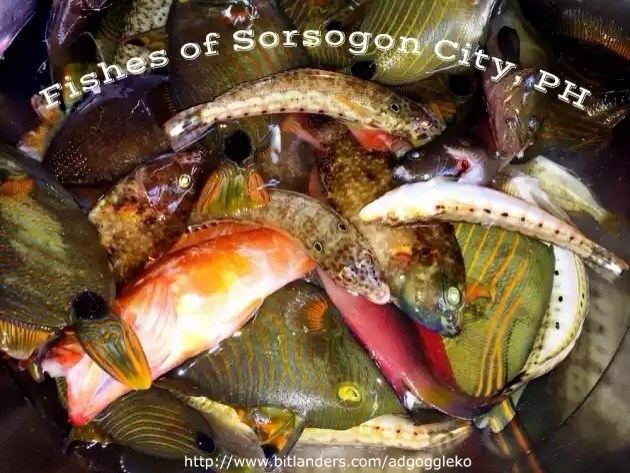
Now, let me share with you some SPECIES OF STONEFISH videos and photos I likewise captured on film.
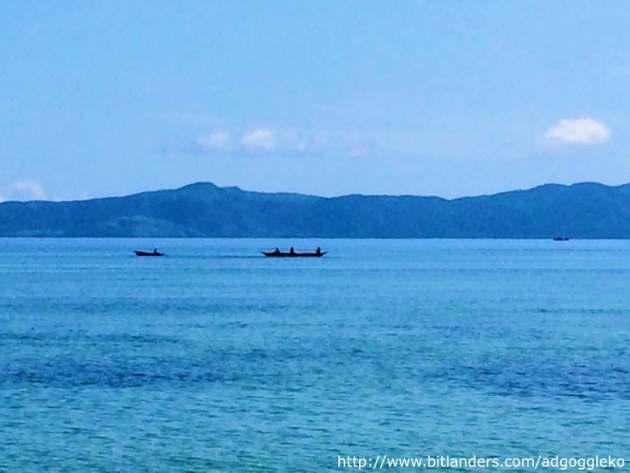
Fishermen here either use nets, spearguns or fishing rods in catching fish.
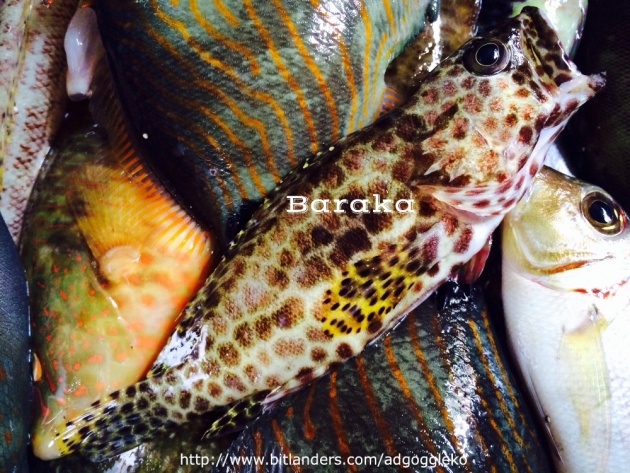
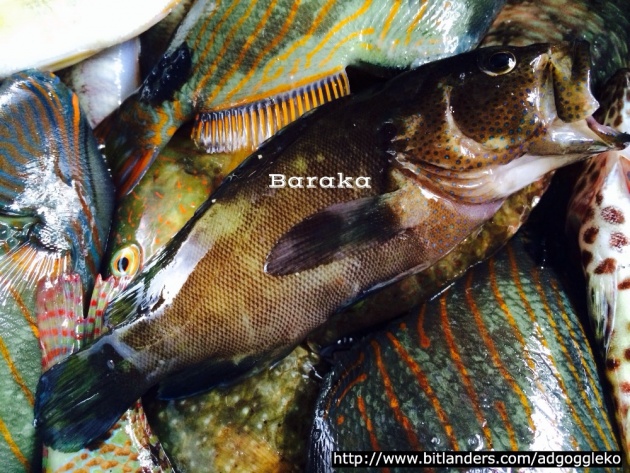
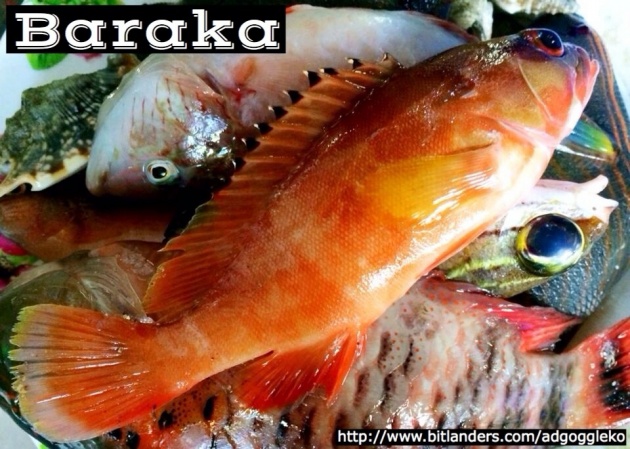
We are also most fortunate to have the most delicious and expensive fish called the Grouper (lapu-lapu in Tagalog). Did you know that deep sea groupers can grow as big as a Volkswagen Beetle car? Am not exaggerating! Here, we call it "baraka" or "rana". The common grouper comes in colors of red, black or marbled brown. This delicacy can either be cooked steamed, grilled, fried or stewed.
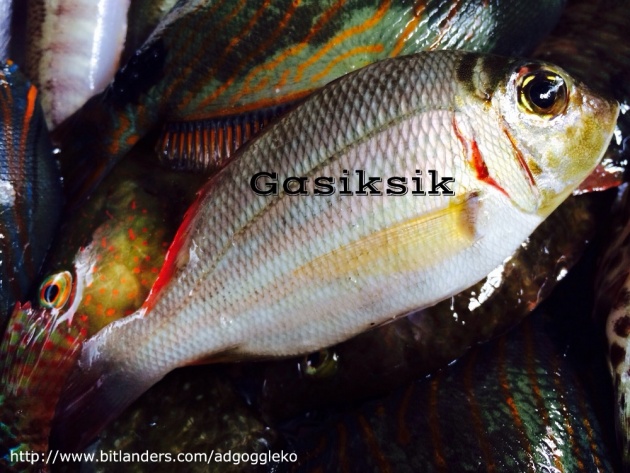
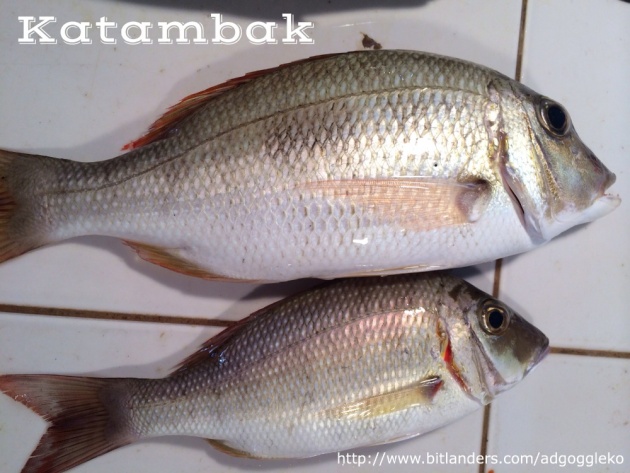
Another fish that can be cooked in a variety of ways is the Sea Bream or Emperor, locally known as "gasiksik" or "katambak".
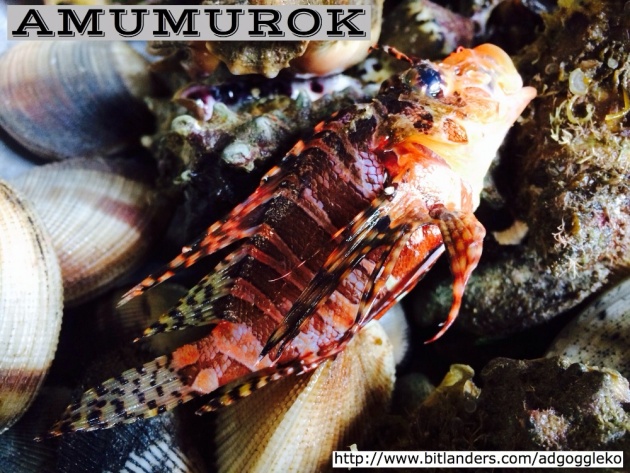
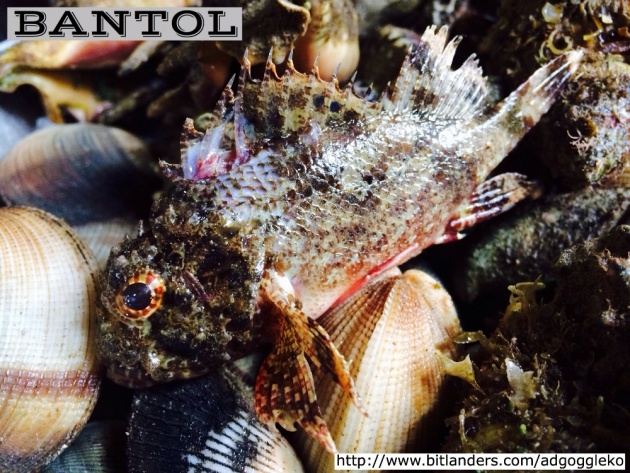
There are a few aggressive stonefish found in our seas. The fearsome "amumurok" (fighting fish) and the "bantol" are known to have sharp fins that can painfully hurt your hand if not handled properly. Both can likewise be cooked in many ways and are very delicious.
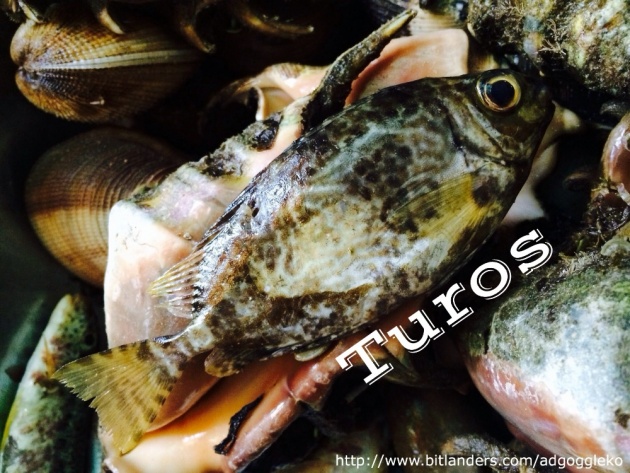
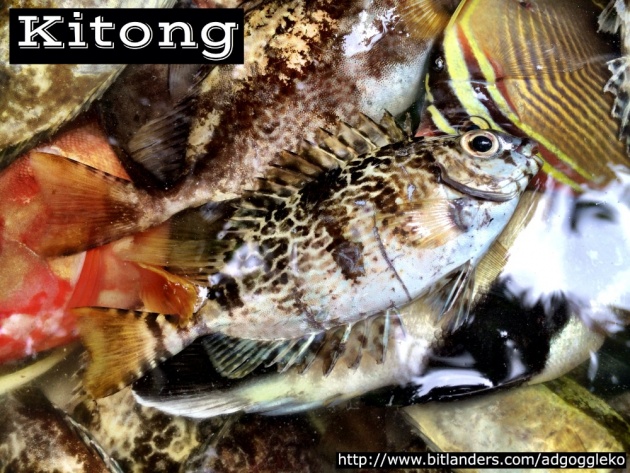
The Marbled Spinefoot or Rivulated Rabbitfish (danggit in Tagalog and Bisaya) or what we call "turos" or "kitong" is one fish that you can eat in its entirety when cooked crispy fried, in sour soup, steamed or grilled when newly caught. Yes, even its fins tastes good! Dried fins of the "turos" is a delicacy here. Just avoid its sharp painful fins when cleaning up the fish.
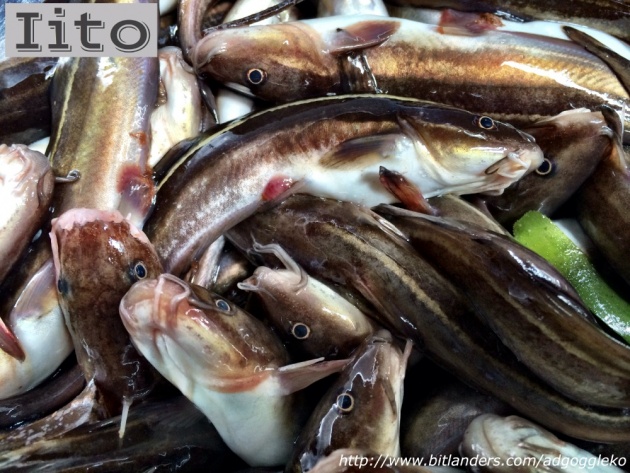
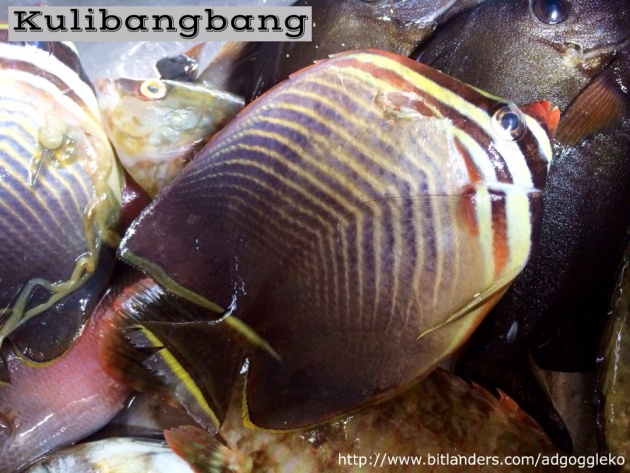
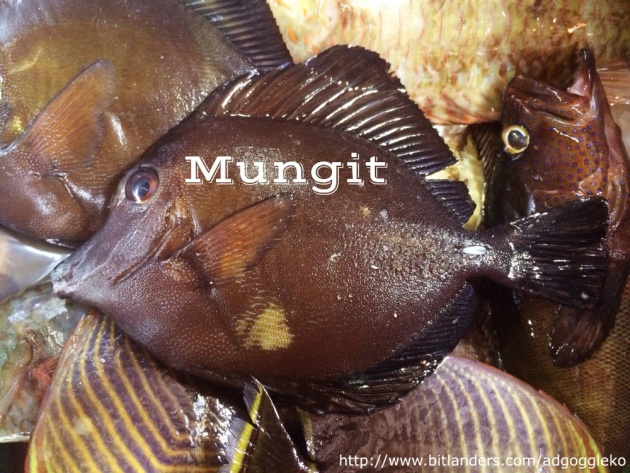
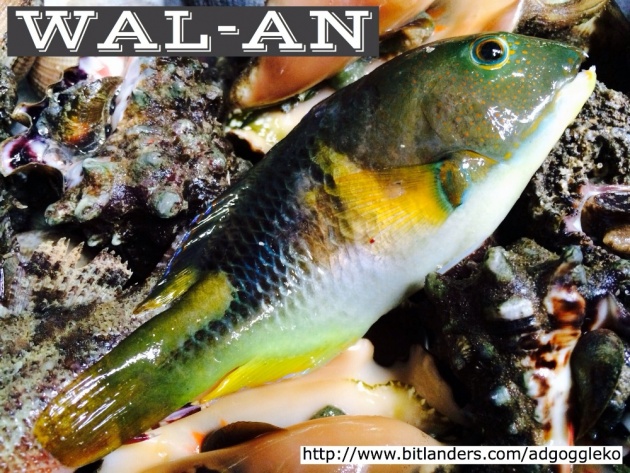
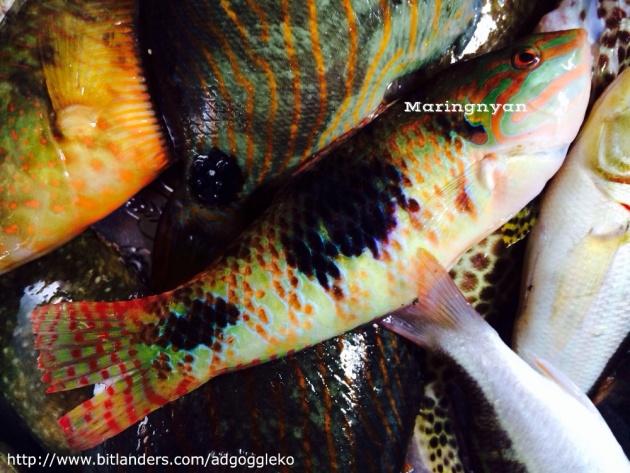
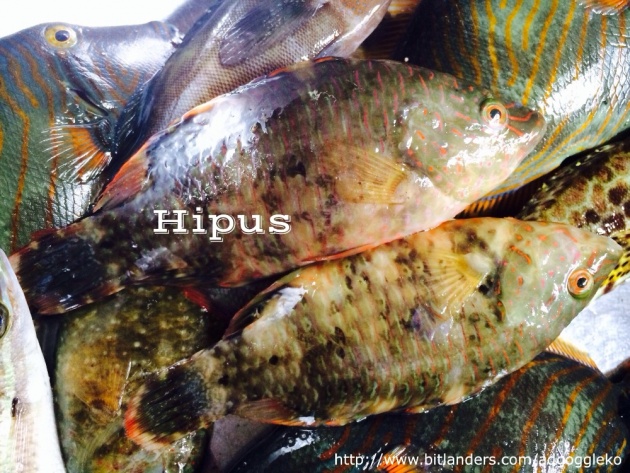
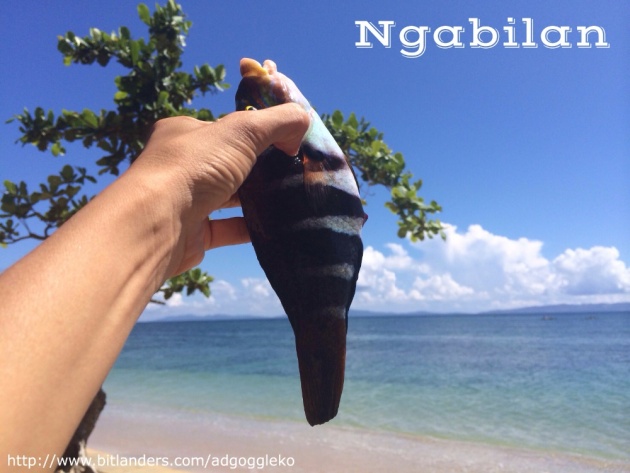
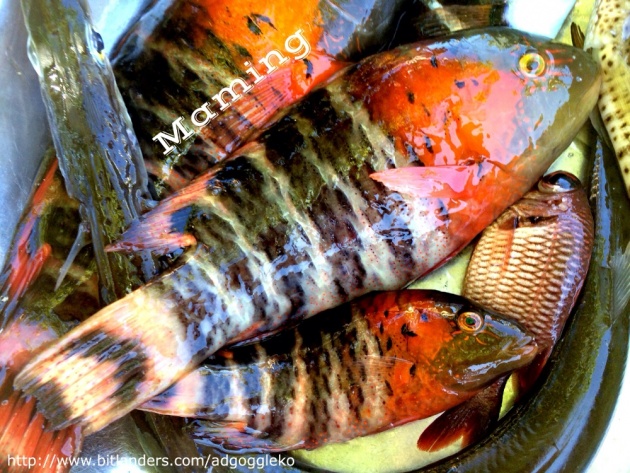
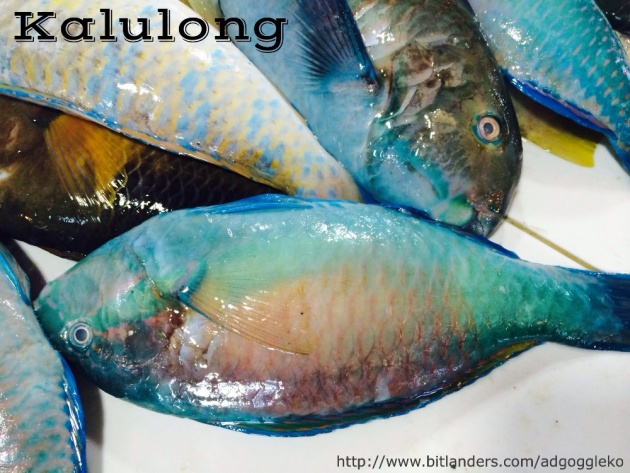
We also have a fish whose sharp fins you must avoid. It is the Eel-tailed Catfish (hito in Tagalog) called "iito" locally. You need to take out all of its fins prior cooking. We usually cook it deep fried or in coconut milk mixed with vinegar, salt, black pepper, garlic and onions. Cooked in the same manner are more local fishes we call "mungit, kulibangbang, wal-an, maringnyan, hipus, ngabilan, kalulong and maming".
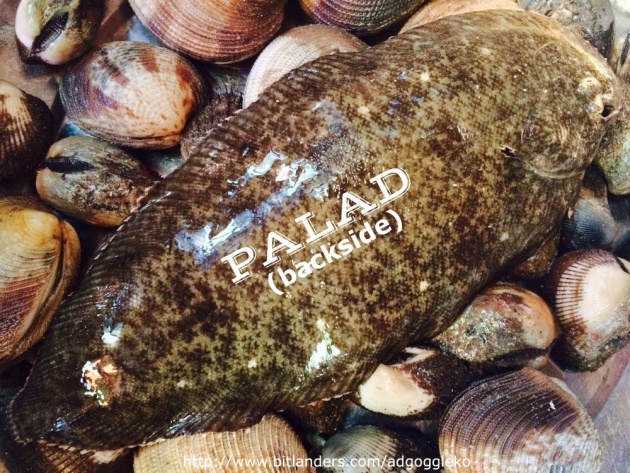
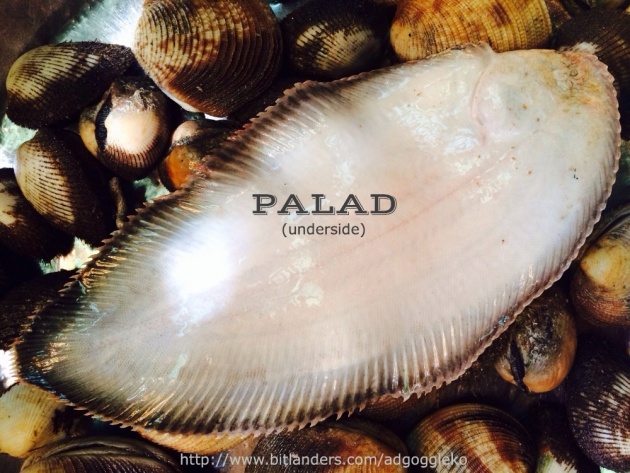
"Palad" or Tongue-fish is good when fried.
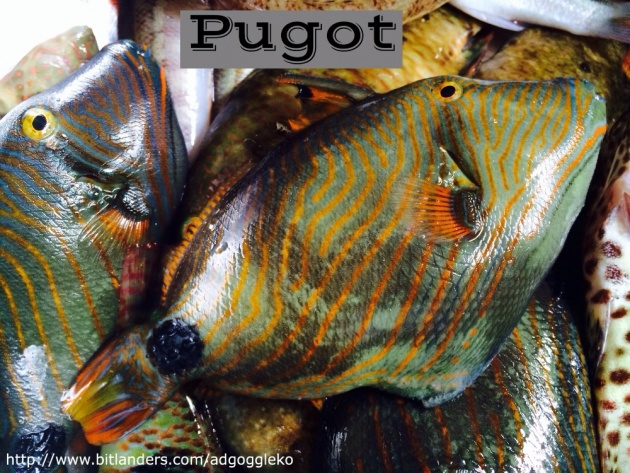
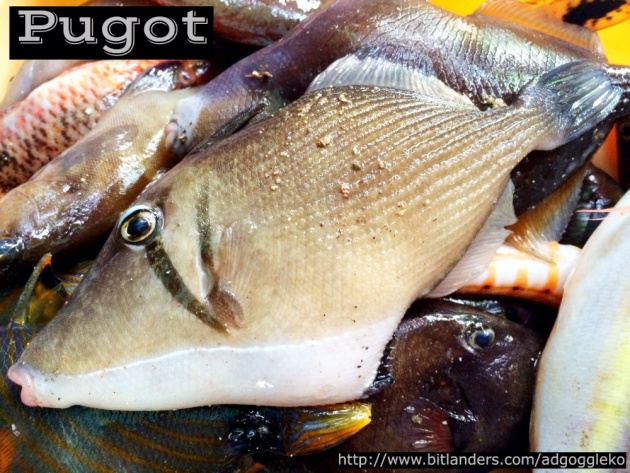
Best grilled is the "pugot" or Triggerfish.
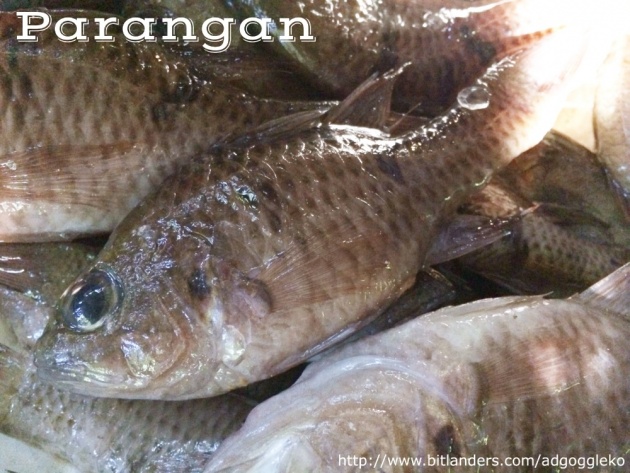
Best steamed is the "parangan".
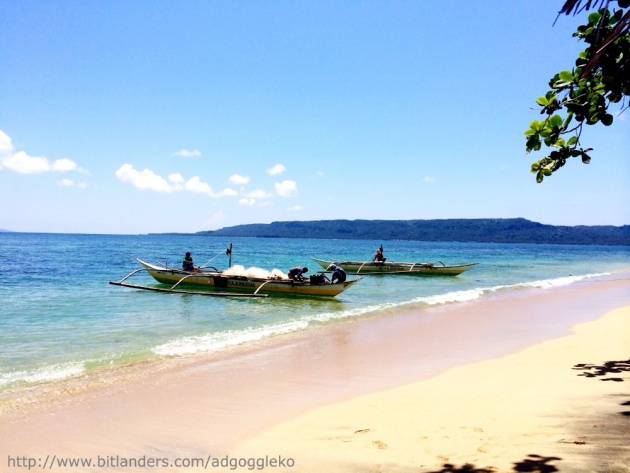
By the way, aside from the various stonefishes mentioned, I would like to include other NON STONEFISH that abounds and are plentiful in the waters of Sorsogon.
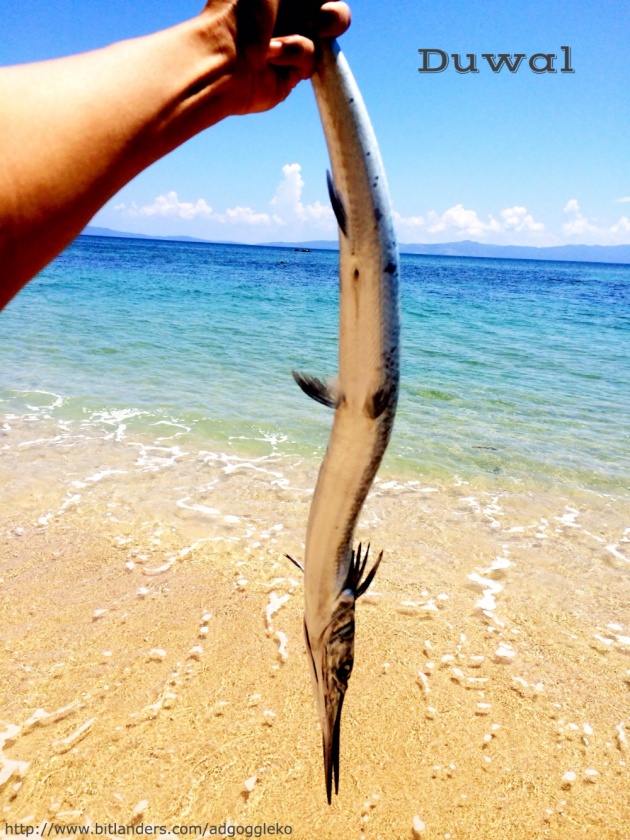
One is the Garfish called "duwal" locally. Fishermen catching this fish are called "para-duwal". However, I don't recall any fishermen of this sort in my hometown. Perhaps, they are cowards. LOL! I don't blame them. I too will not take my chances catching a Garfish. Their long pointed bill is enough to kill a man if struck thru the heart. I know it did happen here before. Most "para-duwal" are from a nearby town of Tabaco, Albay. They use two motorboats one of which has a large net (please refer to the above photo with 2-3 fishermen on each boat). I learned that the boat with the net will try to encircle or entrap the garfish while the other boat will come from the opposite direction to intercept the fish and pull the net with a rope. Am not surprised by this particular method they employ when catching a garfish.
The first time these fearless fishermen came to our shores, I noticed they had to stay overnight in their boats. My dad was very kind enough to invite them to stay over at the house. In our coastal town, we treat fishermen like family. Mind you, we had a lot of garfish meat on our dinner table when they left.
Sadly, our local government banned these fishermen from fishing in our area. I don't know if the same holds true in nearby towns. Maybe I will have to do the fishing myself. Brave me! Haha! But yes, they still come around here once in a blue moon.
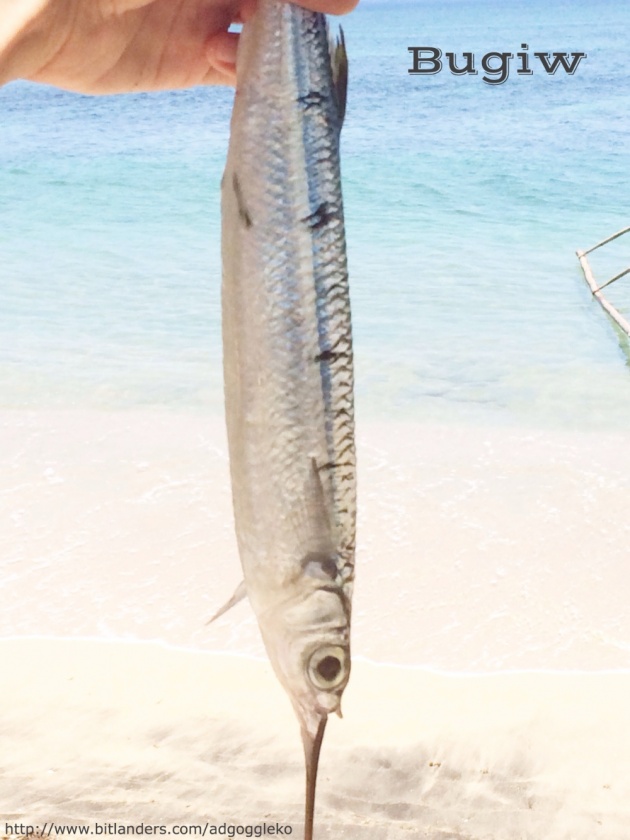
Another fish that these fishermen are known to catch is the "bugiw". Sorry, I don't know its scientific name. I loved it cooked in sour soup we call "kusido" (sinigang in Tagalog but we use golden lime juice to sour it). These exotic and delicious fish are very expensive when ordered from restaurants. Mine is always FREE!
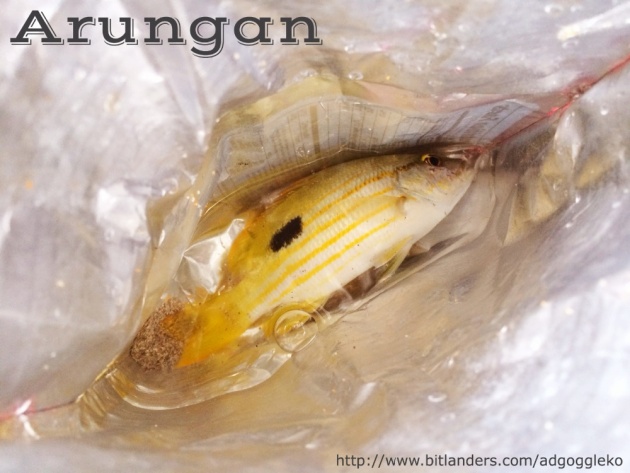
One fish that thrive in shallow water is the Black Spot Emperor fish we call "arungan". This particular fish is what I always take home from fishing when I was a kid.
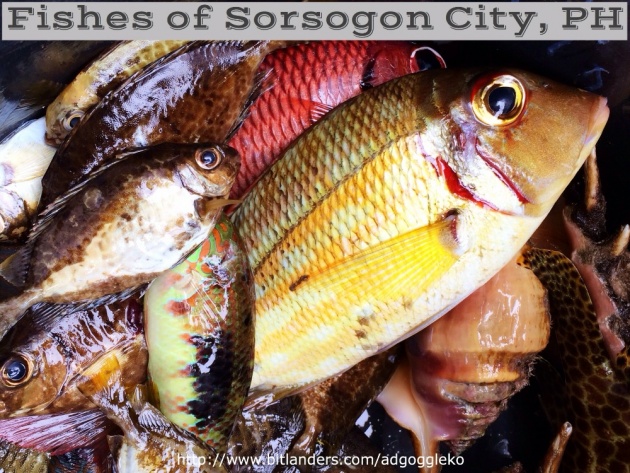
You can visit my gallery to view more fishes of Sorsogon. Am sorry but there are still many local fish that I could not identify by their scientific names. Would appreciate your comments please!
Calling all fish experts!

My Personal Blog: https://yvonnenovela.wordpress.com



